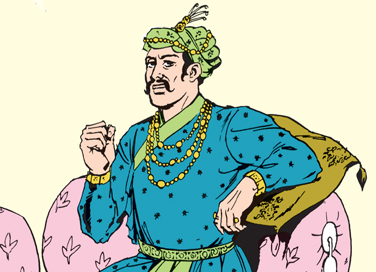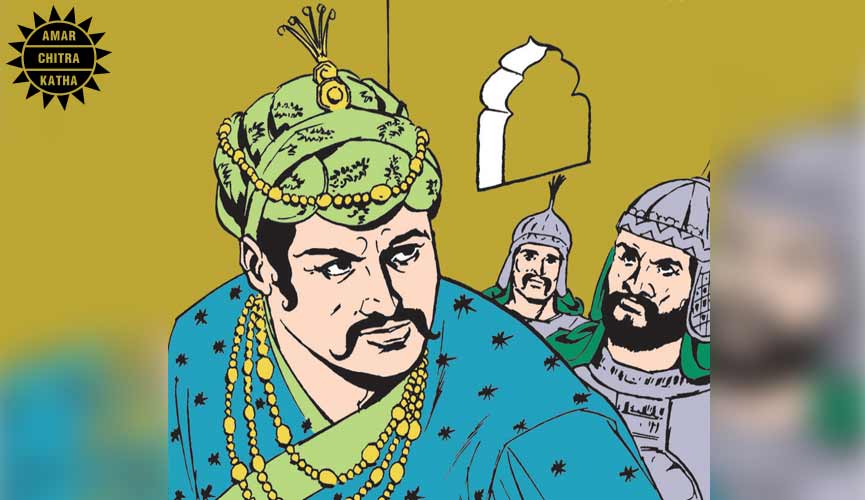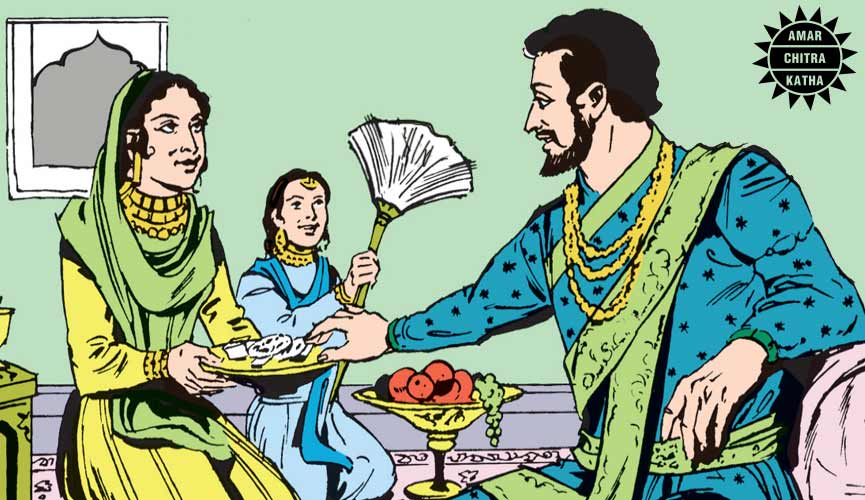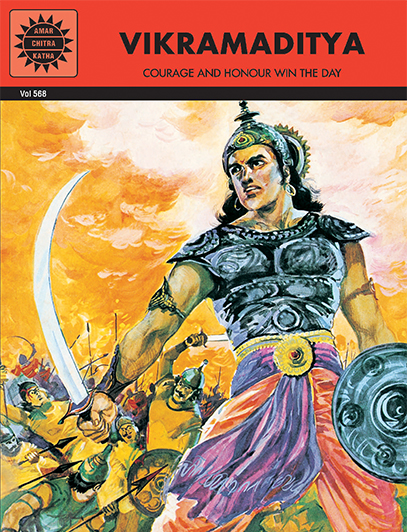Shah Jahan’s Dining Habits
- December 15, 2020


Shah Jahan’s Dining Habits
- December 15, 2020
By Srinidhi Murthy
Shah Jahan was the fifth Mughal emperor, under whose reign the Mughal Empire reached the peak of its cultural glory. Shah Jahan was famous for his competency on the battlefield, his knowledge in political affairs, and his interest in architecture. However, an interesting and lesser known facet of Shah Jahan was his unique culinary tastes. Here are a few facts from the Nuskha-e-ShahJahani that reveals the diet and dining patterns of the erstwhile Mughal ruler.

Like any standard royal court, most of the dishes were prepared in bulk. Food was prepared for many guests on a daily basis and hence, huge quantities of ingredients were used. The emperors dined with their queens, except on festive occasions when they dined with nobles and courtiers. Since an exceptionally large number of dishes were served at each meal, a production line of staff undertook the chopping and cleaning and washing and grinding. Food was cooked in rainwater mixed with water brought in from the Ganges. An elaborate chain of commands was given to servers who ensured the right food was served in the right order at the right time on the right occasion.
To receive more such stories in your Inbox & WhatsApp, Please share your Email and Mobile number.
Thanks to their numerous trade routes, the Portuguese had established a relationship with the Mughals a long time ago. This led to the royal kitchens encountering an additional ingredient, chilli, brought by the Portuguese. The chilli, due to its similarity with the long pepper, effortlessly blended with Indian recipes and ingredients, making it easier for the royal chefs of the Mughal era to use it liberally.
Shah Jahan was a slow eater. He loved to enjoy every morsel he ate. During his reign, banquets ran for hours and Shah Jahan ended up spending long hours at the Dastarkhwan or the royal dining hall.

Shah Jahan’s love for mangoes was a known fact and every time, the emperor received mangoes as gifts, he personally got the weight and quality checked. He once got angry with his son, Aurangzeb, who had eaten mangoes from his favourite tree in the Deccan Plateau instead of sending the mangoes to him.
An interesting fact about the Mughal royal kitchen is that it was a royal physician who planned the menu each day. This was to ensure that medicinally beneficial ingredients were included in each dish. This way, the people in the royal court could be assured that the food they ate was not only good for their taste buds but also their body.
Based on the Nuskha-e-Shahjahani, it can be inferred that it was not only the royal kitchen, but even the bazaars that were filled with different flavours from all over the known world. The city was known as a paradise of food then, with records from the time speaking to Shah Jahan’s reputation as a gastronome.
Deposed by his son Aurangzeb, Shah Jahan was imprisoned in Agra Fort and remained there for eight years until his death in 1666. Legends narrate how Aurangzeb ordered that his father be allowed just one ingredient of his preference and Shah Jahan chose chickpeas because that could be cooked in multiple ways.
Read the complete story of the fifth Mughal emperor in our title ‘Shah Jahan’, available on the ACK Comics app, Kindle, Amazon, Flipkart, and other major e-tailers.
To receive more such stories in your Inbox & WhatsApp, Please share your Email and Mobile number.

Comic of The Month
Vikramaditya
A jealous brother robbed him of his kingdom, his own courage won it back. Chandragupta Vikramaditya has a special place in history because he proved that the love of power is not all that is needed to create an empire. Also required is the love of a wise woman and good, old-fashioned honor.